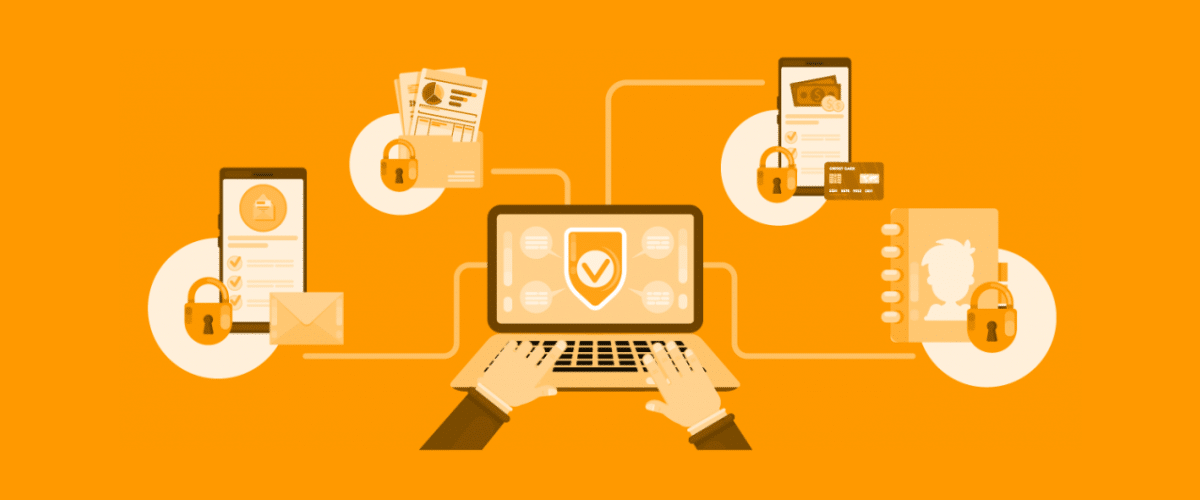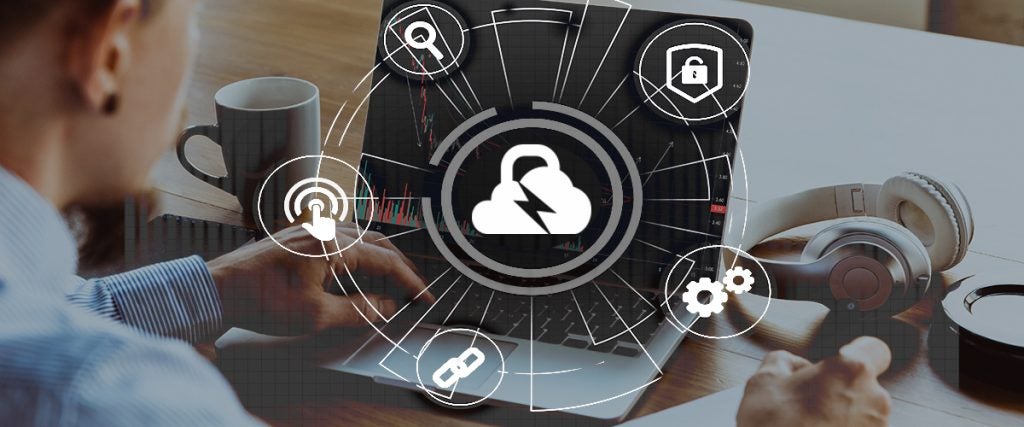
How to manage the internet
The internet is the network of networks which provides access in milliseconds to information located on servers anywhere in the world. The proliferation of the network goes hand in hand with questions and doubts about its structure, its security, and, in particular, how the internet is managed. In this post we will examine, in detail, the structure of the internet, how it works, and understand how FlashStart can help you manage and control the contents coming in and out of your devices.
1. What the internet is
The term internet is derived from the union of two words, “interconnected” and “networks“. In fact, the internet is the network of networks and is the name by which we refer to all networks which operate independently in the world and are connected to form one coherent system.
In order to work, the internet needs hardware and protocols. While the hardware is something visible and intuitive, and includes all the wiring that crosses the globe and connects the various existing networks, the protocols are less visible but, nonetheless, very important. They are, in fact, the rules which allow each device to know how to process input and route data and information so that they reach the desired destination.
As with telephones, there is no direct connection between each computer and all the others but, rather, a single connection to an operator who forwards the signal to another operator who, in turn, connects us to the final destination. The operator is the Internet Service Provider (ISP), and much of the internet’s infrastructure was initially built using pre-existing telephone networks and copper wiring. However, in order to meet today’s needs, fiber optic cabling was introduced to connect users to ISPs and the various ISPs to each other.
1.1 Network components
Millions of devices are connected to the network in various capacities:
» Servers: they are like warehouses of information, central computers which collect data making it available upon demand. They are distinguished according to the type of data they collect: file servers for files, mail servers for mails, web servers for web pages, etc.
» Clients: they are the end devices (endpoints) from which requests for information to the servers originate.
» Routers: they act as traffic officers, directing it. A router identifies the data type and sends it in the right direction so that it reaches its intended destination.
Nodes: they are the connection points along a network.
1.2 So, how does it work?
When we connect to a network, the device we are using to make the connection becomes an endpoint of the network where we are located. This allows us to make the connection to a Tier 3 or 2 ISP. From there, the connection travels to a Tier 1 ISP, which is directly connected to the structure of the internet, called the “backbone,” and, therefore, to the main pathways of the network.
>> FlashStart protects you from a wide array of threats and blocks access to malicious sites. Request a quotation or try it now
2. How do you control the Internet?
The speed and ease with which we exchange information online often raises doubts about the nature of these exchanges. In particular, who guarantees their security and good intent? How can we protect the exchange of information online? How does one manage the internet?
2.3 TCP/IP protocols
At the level of information transmission, the internet is controlled by two important protocols: the Transmission Control Protocol (TCP) and the Internet Protocol (IP). TCP is responsible for splitting data into packets to prepare them for transmission and then reassembling them when they arrive at their destination. IP, on the other hand, is the protocol that allows communication and routing to the right destination and is what we might liken to a telephone number.
In fact, every device connected to the internet has a unique IP address. Up until recently, IP addresses were only numeric (IPv4 version). Now, however, given the ever-increasing needs, we are in a phase of transition to alphanumeric addresses, the IPv6 version.
Fortunately, thanks to the system called Domain Name System (DNS), there is no need to memorize all the numeric addresses of the sites in which we are interested. In fact, DNS works like a big phone book and associates each name we look up on the internet with the corresponding IP address. The TCP and IP protocols are always referenced together because, in order to function, internet communication needs them to work together.

3. Who controls the internet?
We saw above that, at the level of information transmission, it is the TCP/IP protocols that regulate the traffic. However, who controls the operation of these protocols, and, therefore, in the end, who controls the internet and just how is it controlled? The very structure of the internet does not allow centralized control because the network is utterly spread out, consisting of hundreds of networks which are overseen by various stakeholders, usually private, and decentralized.
3.1 Governmental controls
It is easy for us to think that governments control their countries’ internet networks, and, in some cases, they do. For example, some countries have imposed blocks and censored certain types of content, such as China’s blocking of Google in 2014. Other countries, or blocks of countries such as the European Union, impose rules on network infrastructure and data protection (the famous GDPR). However, these laws concern the activity that can be done on the internet, not the ownership or control of the property.
3.2 Non-governmental controls
At the level of internet networks, there are bodies such as ISPA, the ISP Association, which aims to coordinate the actions of the various ISPs. In turn, the ISPs themselves, through their terms and conditions, try to ensure the spread of fair use policies for network resources.
ICANN is the Internet Corporation for Assigned Names and Numbers and is an international coordinating body that is responsible for assigning IP addresses and domain names. It is probably the body that comes closest to having global control over the internet. It is a non-profit organization that acts under the mantra, “One World, One Internet.”
>> With FlashStart you can filter internet traffic in a fast and flexible way directly from the cloud → Request a quotation or try it now
3.3 So, who really controls the internet?
However, even ICANN cannot claim absolute control over the internet, and, ultimately, there is no body that has widespread control down to the last endpoint globally. At the same time, however, everyone can help in monitoring the network and the information coming in and out of his or her devices in order to ensure that not only the data, but also the devices themselves, are safeguarded. Useful tools for achieving this goal are internet filters and, in particular, FlashStart’s internet content filter.

4. How does one manage the internet with FlashStart?
FlashStart allows us to control all traffic coming in and out of our devices and block access to dangerous, unwanted, and distracting contents, directly giving the network administrator the power to choose which contents to make accessible or not through the network.
4.1 FlashStart: managing the internet…through the internet
The FlashStart content filter is totally cloud-based and works at the level of the aforementioned DNS. Whenever a user types in the name of a site he or she wants to reach, FlashStart checks whether the IP address which matches the DNS appears in the FlashStart cloud and, if so, checks to see in which macrocategory it is located.
The tool automatically blocks all browsing requests to dangerous sites, ensuring that devices, data, and networks are safeguarded. At the same time, the network administrator can choose to expand the range of blocked sites to include “undesirable” sites (pornography, violence, drugs, etc.) and distracting sites (messaging, content streaming or online shopping platforms, social networks, etc.). So, FlashStart controls take advantage of exactly the same technology that is at the very foundation of the internet – DNS intelligence.
4.2 FlashStart: protezione senza confini
Moreover, FlashStart’s cloud is automatically powered by leveraging artificial intelligence algorithms and machine learning mechanisms. Using artificial intelligence, FlashStart continuously scans the internet for new threats, and machine learning mechanisms allow the system to catalog the identified threats/contents. The updated protection is then directly available to users, without the need for any action on their part.
Finally, FlashStart provides protection for all devices, wherever they are located. In fact, it can be installed at the router level, thereby covering all devices that connect to that network, or at the endpoint level via the ClientShield application, ensuring the security of even those who connect remotely, wherever that may be.
You can activate the FlashStart® Cloud protection on any sort of Router and Firewall to secure desktop and mobile devices and IoT devices on local networks.







